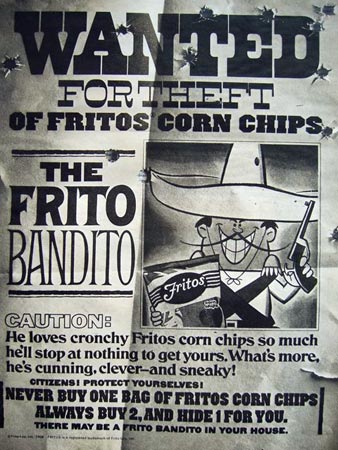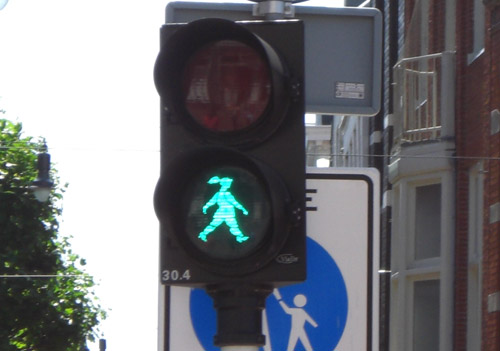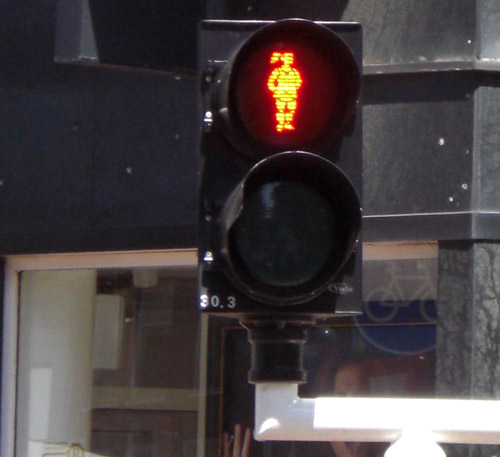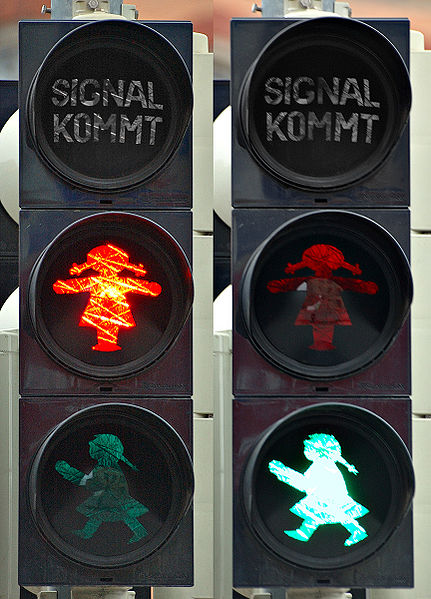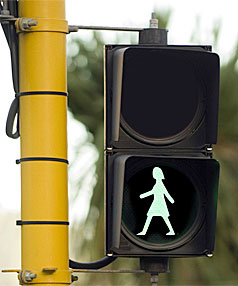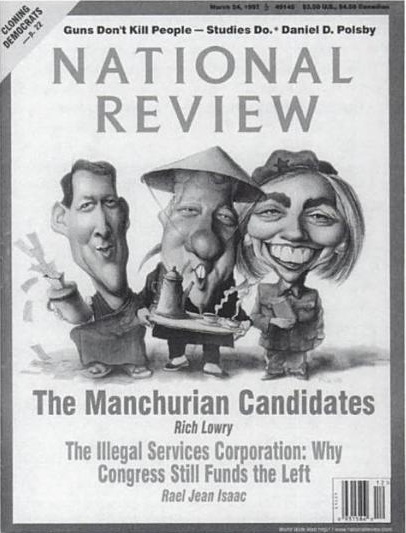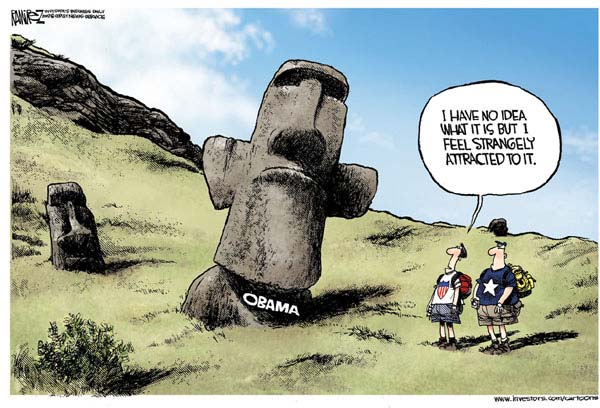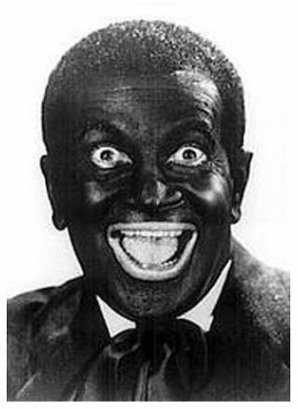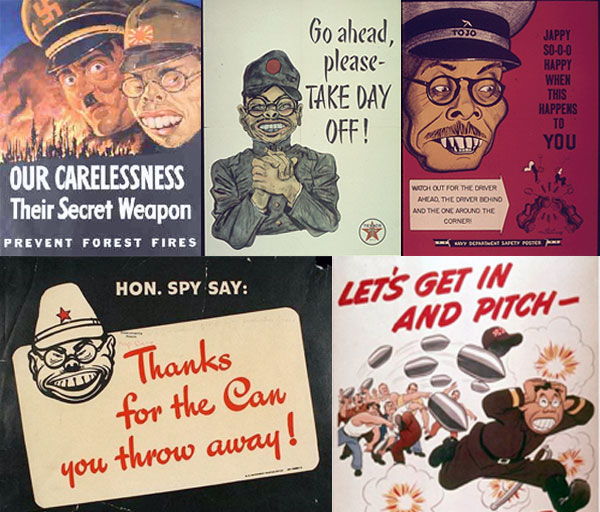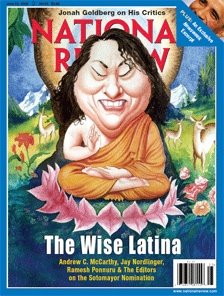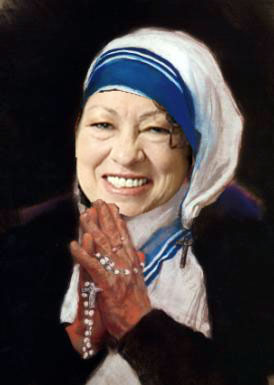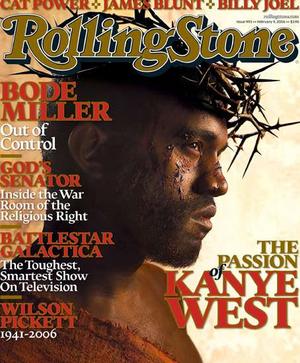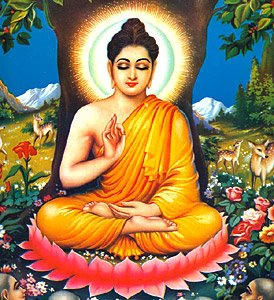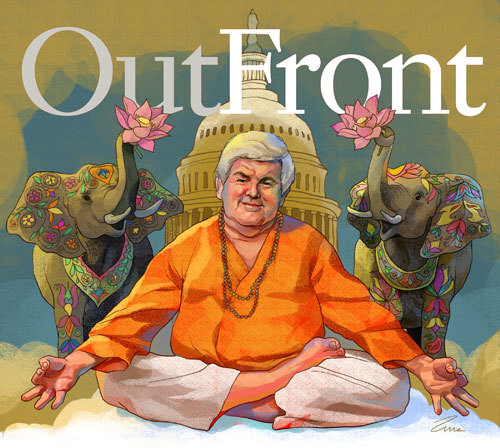Jen S. emailed us about the controversy surrounding casting for the movie version of Nickelodeon’s cartoon “Avatar: The Last Airbender.” Jen describes the cartoon:
[It’s] set in a fantasy Asian world that also incorporated the philosophies, cultures, martial arts, and writing of a pan-Asian world. Multiple groups were brought in like the Media Action Network for Asian Americans and a master of Chinese calligraphy to bring an authentic Asian feel to the world and this was the main thing that made the cartoon an award winner. It was non European based and wasn’t afraid to use characters of Asian and Inuit cultures as the lead characters.
Fans of the series protested when it became clear that the cast for the movie was overwhelmingly Caucasian. The “bad” character, Zuko, was originally played by Jesse McCartney, a White actor/musician, but when he pulled out of the movie the role went to Dev Patel:
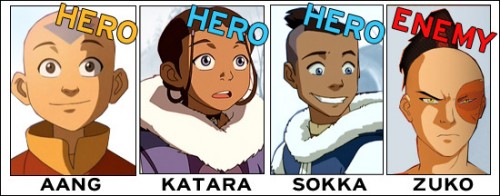
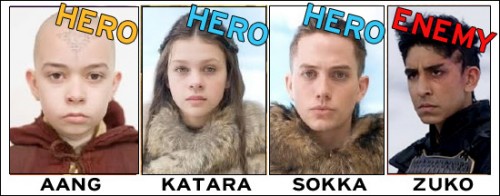
Jen says that in the cartoon, the “evil” characters were lighter-skinned than the heroes, but the casting has reversed that, and apparently several of the Asian-inspired elements from the cartoon have been removed for the movie because “they wanted to make the world ‘more diverse’ than the show and apparently that means an all white lead cast.”
Commenting in an article, Jackson Rathbone, the actor who plays Sokka, said,
I think it’s one of those things where I pull my hair up, shave the sides, and I definitely need a tan…
It’s unclear to me if he was saying he needs to do those things to look Asian enough to play the role, or was arguing that Sokka isn’t specifically Asian so Rathbone can play him, and either way it misses the point, but I suppose an actor isn’t likely to make an argument that someone else should have gotten their role instead of them.
The animatic editor of the cartoon series expressed disappointment that none of the main “good” protagonists will be played by Asian characters.
This reminded me of the debate about the Pixar movie “Up” that came out earlier this summer. One of the two main characters, and the only child, is Asian-American:
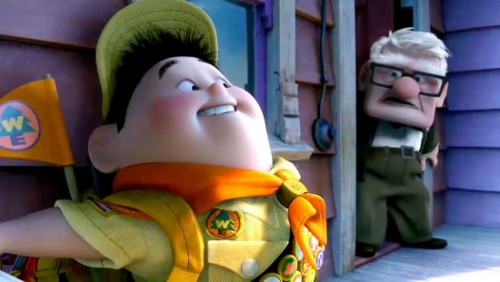
The character was apparently partially based on Pixar animator Pete Sohn:
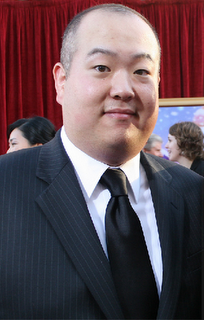
Before the movie came out, I read an article in a magazine in which industry insiders expressed doubt about whether non-Asian kids would identify with an Asian-American character. The gist of the comments was that the movie might fail because kids might not like watching an Asian-American lead. Of course, the movie went on to gross over $287 million in the U.S. and $367 million worldwide by early August.
In another example, when faced with criticism of casting Whites as the main characters in “21,” a movie based on a book about actual Asian-American college students, the movie’s producer said,
Believe me, I would have loved to cast Asians in the lead roles, but the truth is, we didn’t have access to any bankable Asian American actors that we wanted…If I had known how upset the Asian American community would be about this, I would have picked a different story to film.
There were no bankable Asian American actors…that they “wanted.” None of the men on this page, for instance, are bankable. And the solution to concerns raised by Asian Americans about the lack of roles for Asian American actors isn’t to provide them more leads, or at least seriously engage in a discussion about the issue…it’s to pack up your toys and go film something else.
There are many other examples of movies in which characters that were Asian or Asian American in the source material (book, TV series, etc.) are played by Whites in the movie adaptation; the links above describe many of them. There still seems to be an assumption that male Asian American actors won’t appeal to a general audience, that they aren’t “bankable,” and that it’s therefore preferable to cast relatively unknown White actors over Asian American actors who may be more recognizable. It’ll be interesting to see if the Korean-American actor who plays one of the non-vampire characters in “Twilight” will now get as many opportunities as Jackson Rathbone, who also stars in the movie (but, from what I understand, actually has a less prominent role and smaller speaking part).
In a comment, reader Julian says,
And I have to wonder why no one has pointed out that in the original (animation), though all the characters are non-Caucasian, the only one with “slanted” or upturned eyes is the Bad Guy. Though lighter skinned, he looks like the one least likely to be able to “pass” as white to me. This strikes me as odd, and even weirder that no one has mentioned it, especially among all this talk of erasing/demonizing PoC.
Matt K. adds,
…I do recall that in anime, one shorthand for identifying good vs. evil characters is eyes. Good characters have huge eyes, round faces, and so forth. Evil characters have pointy chins and narrow eyes. Of course, of interest in a lot of anime is how so many of the characters look white…but that’s probably another story.
And Adam says,
I don’t think Up is a good counter-example given that it is narratively structured around colonialism in Latin America. I mean, was there even ONE single Latin American person in the film or even any refrence to the people who must have lived on the land they were tredding across and the sacred species whom they had been hunting/rescuing. No. Not to mention the dogs were racialized via popular physiognomy.
Also see our post on gender in Pixar films.

